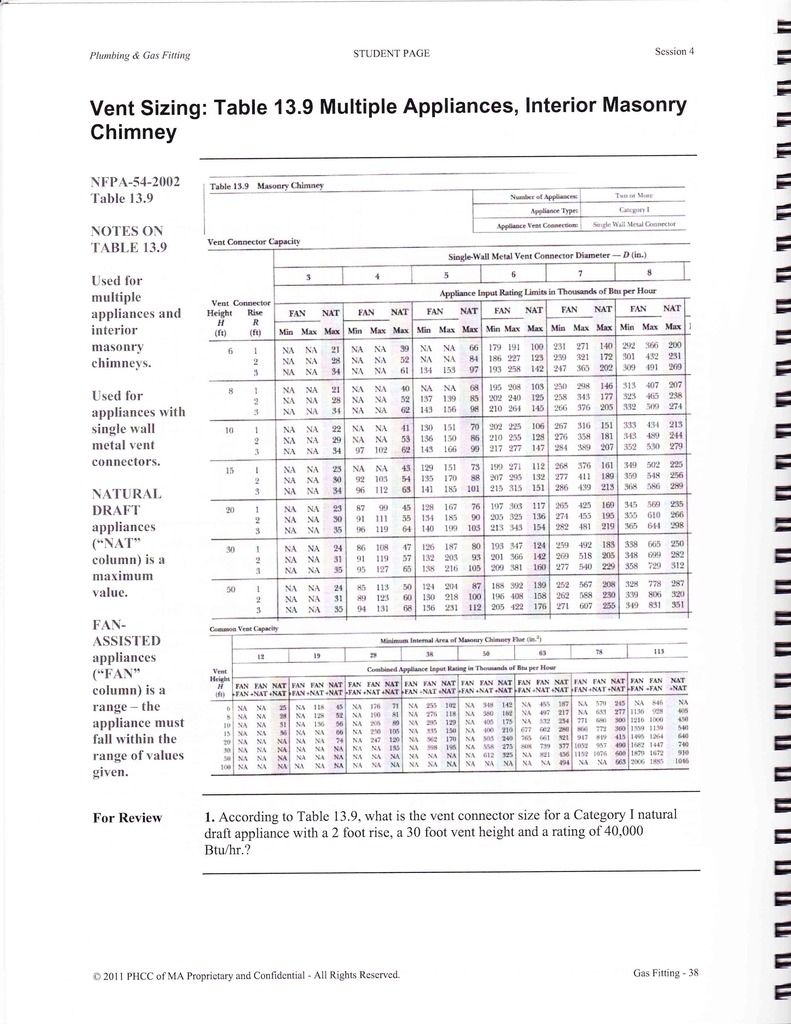I have been fighting with a leaking chimney for several years and I still cant get it fixed, leaks out from between the bricks at the mortar joints,,,,
With that being said, I was talking to my Lil Bro bemoaning the fact that this freekin leak is giving me no end of grief. He said you got a new boiler in a couple years ago right,, yeah,, and you took out the electric water heater out a couple years before that right,,, well yeah it was 200 years old,,,
He said when they put in the new gas boiler did they line the chimney,, I said it is lined,,, with clay flue liners,, He said nope with pipe,, why the hell would they do that??
He said a guy he worked with was having the same problem and it turned out the new furnace he had put in was so efficient that when it ran the flue wouldn't get hot enough to drive off the moisture and it condensate in the chimney and caused his leaks. And I have both a newer hot water heater and newer boiler.
Now I never heard of such a thing before though I guess it sounds reasonable,,,, So I am ASKING has anyone ever heard this before? If so please let me know cause I am grasping at straws here
With that being said, I was talking to my Lil Bro bemoaning the fact that this freekin leak is giving me no end of grief. He said you got a new boiler in a couple years ago right,, yeah,, and you took out the electric water heater out a couple years before that right,,, well yeah it was 200 years old,,,
He said when they put in the new gas boiler did they line the chimney,, I said it is lined,,, with clay flue liners,, He said nope with pipe,, why the hell would they do that??
He said a guy he worked with was having the same problem and it turned out the new furnace he had put in was so efficient that when it ran the flue wouldn't get hot enough to drive off the moisture and it condensate in the chimney and caused his leaks. And I have both a newer hot water heater and newer boiler.
Now I never heard of such a thing before though I guess it sounds reasonable,,,, So I am ASKING has anyone ever heard this before? If so please let me know cause I am grasping at straws here




